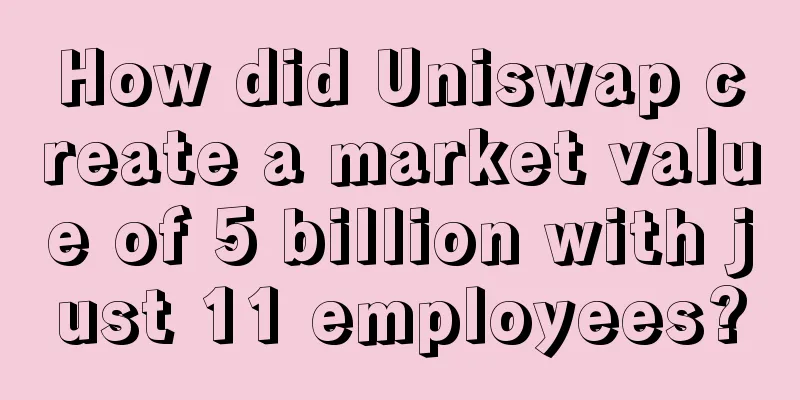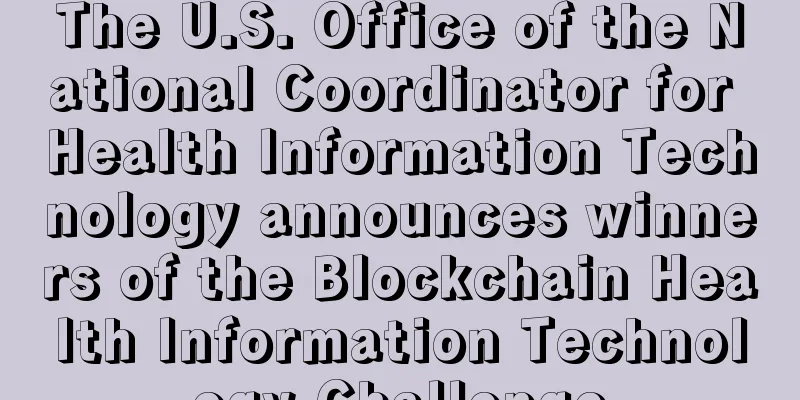[Exclusive] R3 released the Chinese version of Vitalik's "Opportunities and Challenges of Private and Consortium Chains" (report download)
![[Exclusive] R3 released the Chinese version of Vitalik's "Opportunities and Challenges of Private and Consortium Chains" (report download)](/upload/images/67e753a65bd7f.webp)
Author: Pencil lead Recently, Ethereum founder Vitalik Buterin wrote a paper exploring the opportunities and challenges of using Ethereum to build private chains and consortium chains. This paper, titled "Evaluation of Ethereum Platform: Opportunities and Challenges of Private and Consortium Chains", has a very in-depth analysis of many cutting-edge issues in blockchain and has received widespread attention in the industry. This report describes the challenges and solutions faced by blockchain technology, including Ethereum and other blockchain technology platforms. It analyzes in detail the technical details related to key issues such as scalability, execution efficiency, and privacy protection, and reveals Ethereum's development roadmap related to this. Its detailed content provides valuable reference information for people who are interested in blockchain technology. Follow the WeChat public account “区块链笔Blockchain” and reply with the keyword “Ethereum report” to view and download the Chinese version of this report. Regarding the issue of privacy protection, the report details technologies such as ring signatures, zero-knowledge proofs, and key sharing, and points out that financial institutions can use these technologies to customize blockchain systems that can both protect user privacy and meet the needs of regulators. The article mentions that Ethereum may not be applicable in some scenarios, including: (i) scenarios that can benefit from building a dedicated platform, where the scalability and efficiency of building a dedicated platform can be optimized for certain specific goals, and the additional cost of customized operations is significantly exceeded, or (ii) where blockchain is completely inappropriate. Ethereum makes sense in the following scenarios: (i) in the need for a platform with long-term, highly auditable requirements, and in the need to quickly add new features to the platform - even without the cooperation of blockchain node operators, (ii) when it is necessary to create a large-scale application collaboration ecosystem, or (iii) in scenarios where users need to use automated, programmable "smart contracts". As for the choice of Ethereum’s public chain, private chain, or consortium chain, it ultimately depends on the needs of developers and application scenarios. Currently, most developers without institutional support choose the public chain because it has a low entry barrier and does not require others to adopt their applications. Financial institutions that already have millions of users do not have such concerns, so these institutions should consider all these options. In the short term, the “safe” strategy is to try a consortium chain with 5-25 nodes (one or more operated by each institution) first, because (i) consortium chains have the advantage of scalability in the short term, (ii) the low risk of a “controlled” system is conducive to convincing legal departments and regulators, and (iii) they can also use features such as EIP101 and 105 (both are Ethereum improvement proposal numbers) before the public chain; in the long term, the choice of private chain, consortium chain, and public chain will depend on the specific application scenario, especially considering the trade-off between performance and interoperability. For users who value privacy, private chains are not a panacea; at the protocol level, any multi-node blockchain may not be as private as a single-server solution. Therefore, we should further explore cryptographic solutions such as State Channels, ZK-SNARKs, and ring signatures, because they can use blockchains to store financial data and perform related calculations while retaining a high (but not absolute) privacy protection for users. Ethereum's roadmap already has relevant plans to provide the most friendly support for such privacy protection technologies and integrate them into the Ethereum protocol. At the invitation of Wanxiang Blockchain Lab and ChinaLedger Alliance, Vitalik Buterin will hold a lecture in Shanghai on June 16 to interpret the paper in detail and interact with participants. At that time, Bai Shuo, director of the ChinaLedger Technical Committee, will also give an introduction to the paper and ChinaLedger. |
<<: IMF: Blockchain may build an Internet of Trust
>>: Is the era of Uber in finance here?
Recommend
AWS Tokyo outage caused the downtime of Chinese exchanges. Why was Huobi so seriously affected? Why did Binance crash when there was a lot of traffic?
Wu said author | Colin Wu Editor of this issue | ...
Men with a mole on their right clavicle are lucky!
Is it good for a man to have a mole on his right ...
An owner of Tianhu International in Bengbu stole 250,000 kWh of electricity crazily! He was actually "mining" at home!
On May 19 this year, the State Grid Bengbu Power ...
What are the facial features of successful entrepreneurs? Who is more likely to succeed?
Nowadays, there are more and more entrepreneurs, ...
Is it good for a man to have a sunken forehead? What does it mean?
Is it good for a man to have a sunken forehead? W...
Microsoft and publicly traded travel company Webjet are creating the first travel industry blockchain for hotel bookings
Australian Stock Exchange-listed online travel co...
Palm lines fortune telling palm lines fortune telling
Palm reading and fortune telling is a widely spre...
Chainalysis Report: Who is Selling Bitcoin?
Chainalysis released an analysis report on the Bi...
F2Pool DERO Mining Tutorial
DERO uses the same algorithm as ETN and XMC, Cryp...
What does a mole on the buttocks mean?
A mole on the buttocks (a mole on the buttocks) r...
How are Bitcoin price levels determined?
Bitcoin (BTC) has recently been consolidating aro...
Russia’s Ministry of Finance leans toward allowing Bitcoin to be bought and sold abroad
An official from Russia’s Finance Ministry said t...
What does Po Jun represent in Fude Palace?
Po Jun, belonging to the water element, is one of...
Monero will enable Bulletproofs technology after upgrade, transaction size may be reduced by 80%
Monero will upgrade on October 18 to use a new te...
What kind of nose is bull nose? Is the character of people with bull nose good?
What is a bull nose? The biggest feature of an ox...









